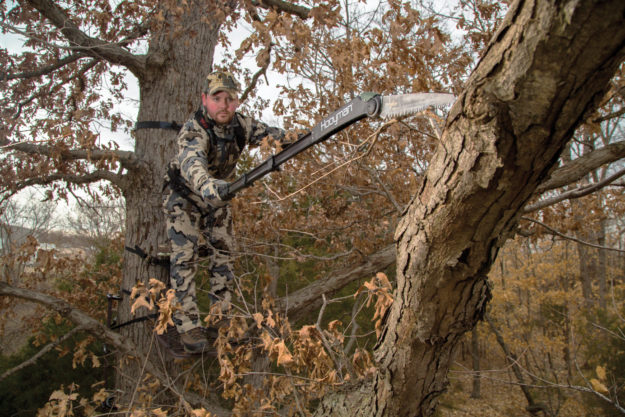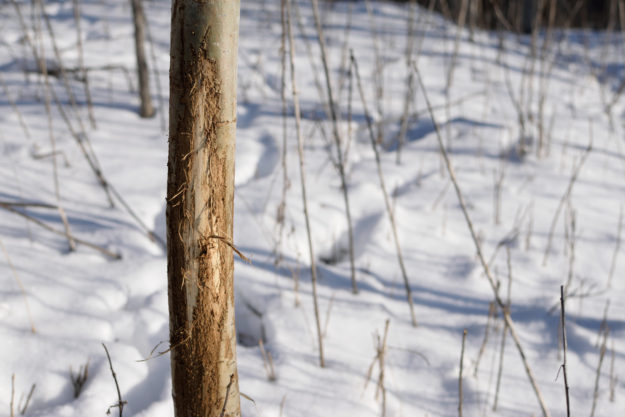Mapping deer bedding spots can be tedious, but it’s an investment that can possibly can payoff as your best investment of the season. Discerning between the two types of bedding spots – bedding areas for does and bedding areas for adult bucks – is important to track which deer you’re going for. There are also simple steps you can follow to create or improve a deer bed to keep the deer coming back to the same place.
Finding Doe Bedding
The first thing to know about doe bedding areas is that they are far easier to find than buck beds. While does still take precautions to hide themselves, you’re much more likely to accidentally stumble upon a doe’s bedding spot than a buck. Does tend to like deep grasses that provide effective covering for when they’re laying down, especially when it starts to become colder in the fall. This also makes it easier to find the places where they’ve been, since the grass will be flattened and condensed where they’ve been bedding. Does also like soft soils during warmer times of the year, which will be compressed after they’ve bedded on the soil.
It’s not uncommon to find large bedding areas for families, as does and their young will generally bed within a few yard of each other. Does are more likely than bucks to linger around higher-traffic areas. For example, does don’t have a problem living near mountain trails or farms, or even in tall crops like corn. If the crop is tall enough to cover them, and also provides them with an adequate food source, does can stay in that location for a while. For any deer bedding location – doe or buck – fresh and old droppings will closely surround the bed.
Finding Buck Bedding Areas
Buck bedding areas are generally more secluded than doe bedding spots. The thicker the better – bucks love to bed in areas where the vegetation is thicker and the forest is denser. The easiest sign that the area is the backyard of a buck is if there are antler rubs on saplings and small trees. Small trees that have possibly been damaged by mock fighting can also be a sign that a buck’s bed is nearby, or if you’ve already found a bedding spot, that it belongs to a buck.
Buck’s bedding areas are always near a year-round source of water. Deer favor these spots not only because of the abundance of water and vegetation, but because it makes it easier to catch the scent of predators that blow over the water. Other areas bucks tend to favor are high areas, where they can see their surroundings, or covered areas that still offer a wide field of view to alert them to approaching predators. Bucks also find spots that are close to quick escape routes, like ridges and woodsy areas that make it easier to lose predators.
Ways to attract deer to bedding spots

If you find a buck or doe bed, or you want to create one, there are a few things you can do to improve those bedding spots to ensure that deer will stay there.
If you’re going to create a bed, the first thing you need to do is take into consideration what time of year it is. If it’s in the summer, deer will prefer a shady spot of soil; if it’s in the fall, deer will prefer a grassy spot in the sunlight. Clear the spot of any stray rocks or twigs and use logs or fallen trees to build a backing for the deer. Using a small hand saw or tree saw, thin out the branches or vegetation in front of them so they can have a better field of view. If it’s on your own property, be sure to keep the area free of any traffic from people.
Using a hinge-cutting method, you can also cut smaller-sized trees halfway through, causing them to collapse on the ground. This dropping method works well for deer bedding, providing them with backing for comfort while they still have a wide view in front of them.

